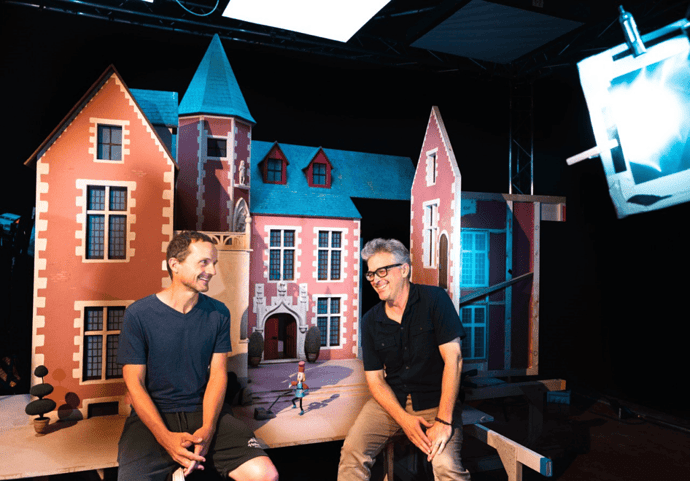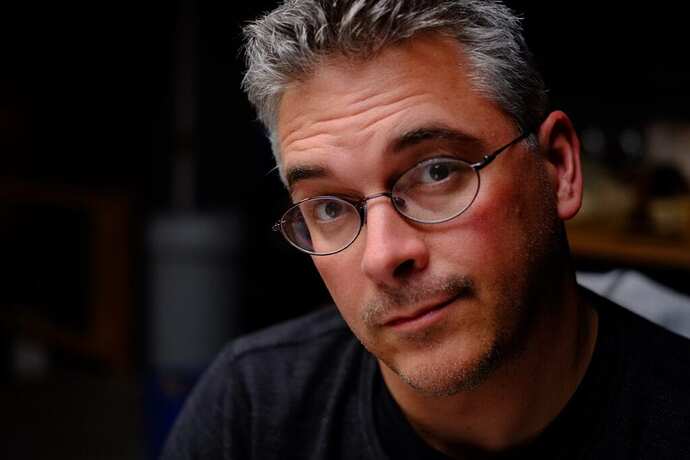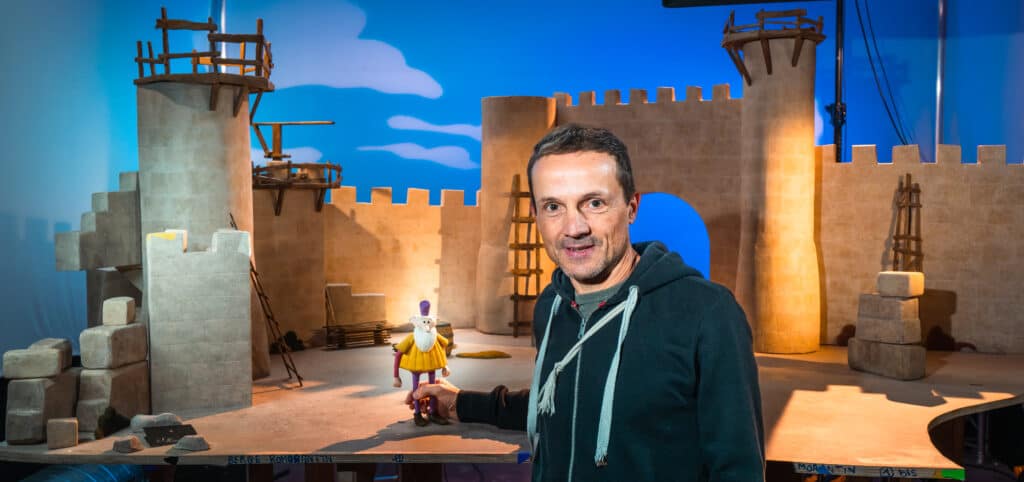Originally published at: Animated Brilliance: Behind the Scenes of "The Inventor" - People of Con
Author: Jorge Perez
Animated movies have a unique way of telling their amazing stories by capturing our imaginations, transporting us to worlds filled with wonder and creativity through diverse animation styles. The Inventor is one such movie blending the artistry of stop motion and hand-drawn animation to narrate the intriguing journey of Leonardo Da Vinci and his quest for life’s meaning. During a virtual interview, I had the privilege of delving into the minds of directors Jim Capobianco and Pierre-Luc Granjon, uncovering the inspirations and challenges behind this masterpiece.
The Spark of Inspiration:
While speaking with Capobianco and Granjon, I was curious to learn if there were any personal experiences or stories that influenced the narrative, as the movie touches on resilience and overcoming obstacles. Capobianco reflected, “Well, I think we all are always trying to overcome adversity and, as an artist too, you always feel like no one understands what you do in animation.” He drew parallels with Leonardo Da Vinci, describing him as someone who would be “the smartest guy in the room” but also “the loneliest.” Granjon added, “Leonardo, in a way, had the same strength, I think, to keep going on his research to discover what is the world.”
After reflecting on what they said, I agreed how Da Vinci would be the smartest guy in the room and I described how my wife and I went to an exhibit featuring his work and how his inventions and sketches helped inspire to improve humanity. I felt that Da Vinci was ahead of his time. I described the feelings I had at the exhibit and how I had the same feelings while watching the movie.
Tackling Complex Themes with Animation:
Animated movies will, at times, address complex issues that happen in life. So I did ask “How did you approach discussing mental health subtly within the film?
When probed about the subtle undertones of mental health in the film, Capobianco responded, “Well, I wanted the film so that it would appeal to all audiences. And it, I think, again approaching Leonardo from a human point of view like the main idea of the film is legacy.” He emphasized the idea of what one leaves behind and how they impact others’ lives.It was pretty insightful to see how much they thought about putting into this film. But how would it appeal to younger audiences? What do they hope they will take from the film? Granjon added, “I think one of the messages could be don’t kill your dreams, keep them alive. There is something like this about Leonardo, always trying.”
The Essence of Self-Care in Filmmaking:
Creating a movie does come with new stress which can lead to burnout. I was curious on how the staff that worked on the movie prioritized self-care. Granjon emphasized the director’s role in maintaining a positive atmosphere, stating, “Well, I think the first thing as a director is to not show when things are not going well and to not show it the people you work with.” The mention of Kat Ali Ocean, the line producer, brought to light the significance of teamwork, with Capobianco adding, “She had been working with the film for many years… She has this great energy about her, and she organized the production in a way that went very smoothly for everybody.”
The Joy of Creation:
Though making a movie is a lot of hard work, some aspects make it fun. Capobianco’s fond memories of working with the team were evident as he said, “Something that I enjoyed most was working with this team. It was probably one of the best teams I’ve ever worked with… I just, in a way, didn’t want this to end because it was such a happy family making the film.”In wrapping up our enlightening conversation, it was evident that The Inventor was more than just a movie. It was a labor of love, a testament to perseverance, and a beacon of inspiration for audiences worldwide.



